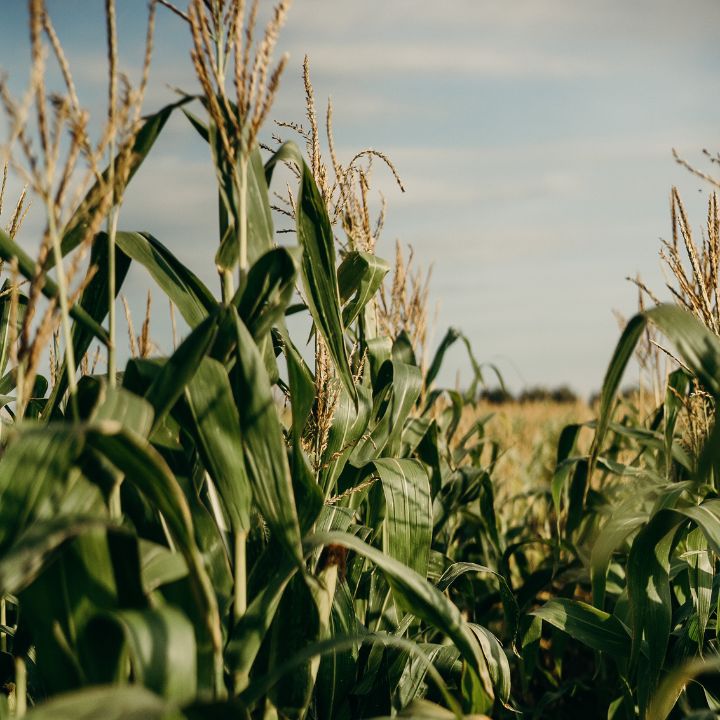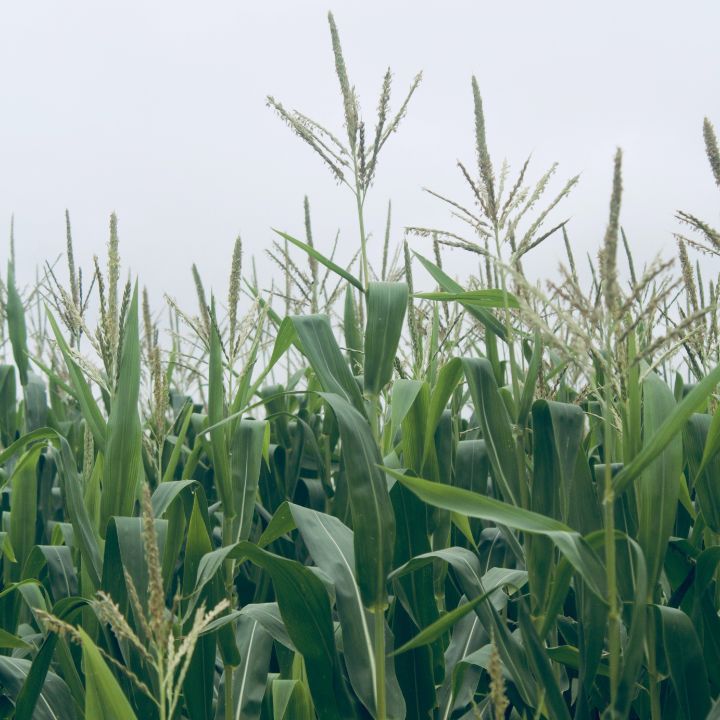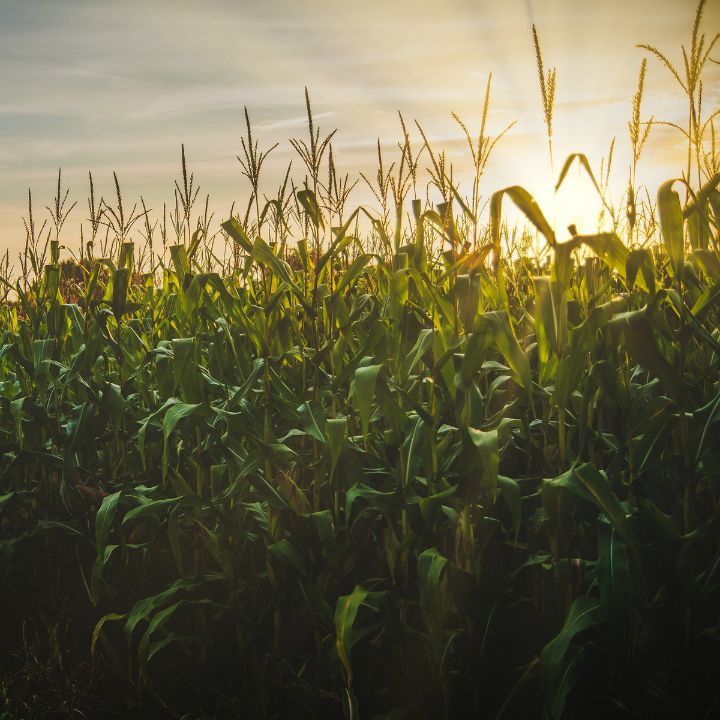Cornstarch, also known as corn flour, is a fine white powder that is made from the endosperm of corn kernels. It is commonly used as a thickening agent in cooking and baking, and it can be used to create a wide variety of recipes, from sauces and gravies to cakes and cookies.
The process of making cornstarch involves soaking and grinding the kernels of corn to remove the germ and the bran, leaving behind only the starchy endosperm. The endosperm is then washed and dried, and the resulting powder is milled and sifted to create the fine, white powder that we know as cornstarch.



Baking with Cornstarch
Thicken Sauces
One of the main benefits of cornstarch is its ability to thicken sauces and gravies. When mixed with a liquid and heated, the starch in cornstarch absorbs the liquid and creates a smooth, thick consistency. Cornstarch is also commonly used in baking to create a lighter, more tender texture in cakes and cookies. It can also be used to dust baking pans and rolling pins, preventing dough from sticking.
Gluten-Free
Cornstarch is a naturally gluten-free ingredient, which makes it a popular choice for people with celiac disease or gluten sensitivities. It is also low in calories and fat, making it a healthy choice for people who are watching their weight.
Digestive Issues
While cornstarch is generally considered safe for consumption, it is important to note that it is a highly processed ingredient and may not be suitable for everyone. Some people may experience digestive issues after consuming large amounts of cornstarch, and it is also possible for cornstarch to contain trace amounts of contaminants, such as pesticides or heavy metals.
Substitute for Flour
In addition to its thickening and baking properties, cornstarch has a variety of other uses in the kitchen. It can be used as a substitute for flour in recipes that require a gluten-free option, or as a coating for fried foods to create a crispy texture. It can also be used as a thickener in custards, puddings, and other desserts.
Tips
Mixing
When using cornstarch in recipes, it is important to follow the instructions carefully to ensure the best possible results. Cornstarch should be mixed with a small amount of cold liquid before adding it to a hot liquid, as this will prevent it from clumping. It should also be cooked for at least a minute to ensure that it has fully thickened the mixture.
Thickening
While cornstarch is a popular and versatile ingredient, it is not the only option for thickening and baking. There are a variety of other thickeners and binders available, each of which has its own unique properties and uses.
For example, arrowroot powder is a natural thickener that is similar to cornstarch in texture and consistency. It is made from the root of the arrowroot plant and is often used as a gluten-free alternative to cornstarch.
Tapioca starch is another popular thickener that is made from the cassava plant. It has a slightly chewy texture and is commonly used in puddings and other desserts.
Xanthan gum is a natural thickener that is made from fermented sugar. It is often used in gluten-free baking to create a lighter, fluffier texture in breads and cakes.
Cornstarch is a versatile and useful ingredient that can be used in a wide variety of recipes. It is a natural thickener that is easy to use and has a neutral flavor, making it a popular choice for many cooks and bakers. Whether you are thickening a sauce or baking a cake, cornstarch is a valuable addition to any kitchen. Just be sure to use it in moderation and follow the instructions carefully to ensure the best possible results.

